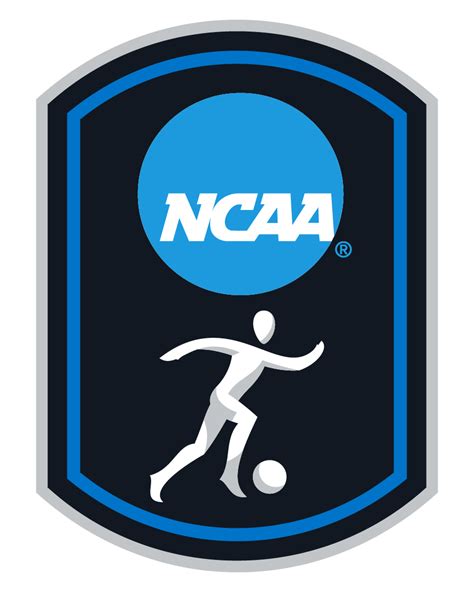Introduction

The Division III (D3) level of men’s soccer in the United States has emerged as a hidden gem within the collegiate athletics landscape. With a focus on academic excellence, competitive spirit, and personal growth, D3 soccer provides a unique and rewarding experience for student-athletes. This article delves into the captivating world of D3 men’s soccer, exploring its history, successes, and the factors contributing to its growing popularity.
Historical Roots
The origins of D3 men’s soccer can be traced back to the early 20th century, with the formation of the National Collegiate Athletic Association (NCAA) in 1906. D3, originally known as the College Division, was established in 1973 as a separate division for smaller institutions with a strong emphasis on academics. Since then, D3 soccer has flourished, with numerous schools fielding competitive teams and participating in national championships.
Competitive Excellence
D3 soccer has consistently produced high-quality competition, with teams showcasing exceptional skill, athleticism, and teamwork. The NCAA D3 Men’s Soccer Championship crowns a national champion each year, and the level of play has steadily improved over the years. In 2021, the championship game drew a record-breaking crowd, demonstrating the growing popularity and excitement surrounding D3 soccer.
Academic Focus
At the core of D3 soccer lies a deep commitment to academic excellence. Student-athletes in this division prioritize their studies and maintain high GPAs. Many D3 schools offer rigorous academic programs, providing student-athletes with a well-rounded education. The NCAA emphasizes the importance of a balance between athletics and academics, ensuring that D3 athletes succeed both on and off the field.
Student-Athlete Experience
D3 soccer provides a transformative student-athlete experience that extends beyond the playing field. Players have the opportunity to develop strong relationships with teammates, coaches, and the wider university community. Through team-building activities, leadership training, and community engagement initiatives, D3 athletes cultivate valuable life skills such as cooperation, leadership, and empathy.
D3 Soccer by the Numbers
- Over 400 NCAA member schools compete in D3 men’s soccer.
- The NCAA Men’s Soccer Championship field consists of 64 teams.
- The average D3 soccer team has a roster size of 25-30 players.
- The national graduation rate for D3 student-athletes is over 90%.
Factors Contributing to D3 Soccer’s Popularity
Several factors have contributed to the growing popularity of D3 men’s soccer:
- Increased Academic Focus: Families and student-athletes are increasingly seeking institutions that prioritize academic excellence while providing opportunities for athletic development.
- Strong Competitive Level: D3 soccer offers a competitive and challenging environment that allows student-athletes to showcase their skills and develop their talents.
- Student-Athlete Experience: The focus on personal growth, leadership, and team-building fosters a positive and enriching student-athlete experience.
- Cost-Effectiveness: Compared to other divisions of collegiate athletics, D3 soccer offers a more cost-effective option, providing students with opportunities to pursue both academic and athletic goals.
Conclusion
D3 men’s soccer has emerged as a vibrant and dynamic division within the collegiate athletics landscape. With a focus on academic excellence, competitive spirit, and the overall student-athlete experience, D3 soccer provides a unique and rewarding journey for countless individuals. As the division continues to grow and flourish, it is poised to captivate the attention of even more athletes, fans, and enthusiasts in the years to come.
